Alex Wang started his career in the visual effects at The Orphanage on THE DAY AFTER TOMORROW. He worked on many projects before joining ImageMovers Digital for THE CHRISTMAS CAROL and MARS NEEDS MOMS. In 2010, Alex joined Digital Domain for TRON LEGACY and then worked on TRANFORMERS: DARK OF THE MOON, JACK THE GIANT SLAYER and FURIOUS 7.
What is your background?
I graduated from Ringling College of Art and Design in 2003. I was lucky enough to land my first job as a generalist at The Orphanage in San Francisco, CA. My very first film was THE DAY AFTER TOMORROW. My credits as a generalist include SIN CITY, AEON FLUX, and SUPERMAN RETURNS. I became the Lighting Supervisor on DIE HARD 4.
In 2007 I joined ImageMovers Digital for a short stint where I was a senior look development artist for THE CHRISTMAS CAROL and MARS NEEDS MOMS.
I joined Digital Domain’s Vancouver studio as a CG lead for TRON LEGACY in January 2010. My credits as a CG lead include TRANSFORMERS 3, and JACK THE GIANT KILLER. I subsequently became a CG Supervisor on FAST AND FURIOUS 7 and then VFX Supervisor on DEADPOOL.
How did you and Digital Domain got involved on this show?
Jonathan Rothbart (production VFX Supervisor) and I worked closely together for many years during my time at The Orphanage. After I left The Orphanage, over the years we kept trying to figure out a way for us to work together again. When Jonathan approached me with DEADPOOL and showed me the previz, I immediately wanted to be involved with the film.
How was the collaboration with director Tim Miller and VFX Supervisor Jonathan Rothbart?
Being that Tim Miller owns Blur Studio, he was extremely comfortable and knowledgeable about visual effects. It was a medium where he knew how far he could stretch it and what his limitations were. Because we all spoke the same lingo, I think we had a very collaborative relationship with Tim and Jonathan. What impressed me the most was how sure Tim and Jonathan always were with their decisions.
Phil Cramer (animation director) and I flew down to LA for the mocap and MOVA sessions. It was then quite obvious that Tim was very much in his element. He was always very sure with what he was looking for in a mocap or MOVA performance. The vibe was always very calm, and Tim often appreciated feedback and opinions from us.
What was their approach about the visual effects?
DEADPOOL definitely demanded some complex visual effects that would be comparable to the ones you would see in other superhero movies with a much larger budget. We never wanted to use a tighter budget as an excuse for lower quality visual effects. What ultimately helped with our success was being efficient. At the beginning of the show, Jonathan demanded that all the vendors work together and share assets with each other. Jonathan was also fantastic with giving us direction and I felt that his feedback always kept us moving forward.
What are the sequences done by Digital Domain?
Digital Domain worked primarily on three sequences. When Colossus meets Deadpool and tries to persuade him to stop being a mercenary and join the X-men. There’s also the sequence when Deadpool, Colossus, and NTW enter the scrapyard for a battle against the bad guys. Last but not least, we were responsible for the Helicarrier collapse sequence.
Can you describe one of typical day on-set and during the post?
Shooting in Spring in Vancouver was a challenge due to the unpredictable weather. There were days where in the morning it would be beautiful blue-sky and sunny, and by mid-afternoon it would be overcast and pouring rain. Even though our main sequences were all shot exterior, in many situations the DP (Ken Seng) would use giant black flags to block out most of the natural light so he could control the lighting better and stay consistent. Jonathan was really good about getting us all the reference material we needed on set. His data wrangling team always consistently got us HDRIs and gray/chrome ball reference. Jonathan did not want us to have any excuse later on!
In post, we started the day with department rounds followed by dailies. We would have multiple dailies sessions throughout the day, which allowed compositors to address notes before sending shots over to the client for review. Luke Botteron (our VFX Editor) was always in sync with the client’s vfx editor to update me with any cut changes. Luke would look at every shot before they were sent to ensure we matched the correct cut length, color grade, and framing.
We started with client review sessions with the client twice a week, but towards the last few weeks we sometimes had multiple client calls per day. We always had a Skype session along with cineSync during our client calls with Jonathan and his production team.
How did you approach Colossus?
I worked very closely with our look development supervisor, Hugo Debat-Burkarth to come up with Colossus’s metal characteristics. Jonathan was very particular about the metal properties he wanted to see, and was adamant about not having him chromey. So we developed layers of patina, anodization, and fine scratches for his metallic surface. Lighting Colossus proved to be quite a challenge, as many of the traditional lighting cues no longer worked. CG Supervisor Scott Edelstein developed a gizmo in Nuke where we were able to quickly position lights within an hdr latlong and it would in real-time show the lighter the placement of the light on Colossus.
Hugo and Vincent Papaix (compositing lead) worked closely together to develop a Nuke gizmo that gave compositors the ability to tweak Colossus consistently. To make Colossus photo-real, Vincent gave the metal a mixture of compositing treatments to make it feel more photographic.
Can you explain in details about his design and his creation?
We were all very excited to be involved with the design and creation of Colossus. Early on we learned that Tim wanted the design of Colossus to be inspired by how he has been portrayed in all the comic books. We decided to jump straight into Zbrush and sculpt some 3D concepts of Colossus. We referenced Arnold’s younger bodybuilding physique as well as football players. We knew that Colossus would need to be engaged in some athletic action poses in the film, and so we realized that many times bodybuilders have smaller and shorter muscles so they appear larger. So we made sure that we weren’t limiting ourselves with his design, and adjusted his proportions to fit our needs down the road for shot work.
We went through quite a few designs for Colossus’s face. Tim wanted Colossus’s subtle human expressions to come across his face, so he was adamant about having us base his face off a real person. Tim chose stunt actor Glen Ennis’s face as reference for Colossus’s face.
Perhaps the most challenging characteristic on Colossus were the lines on his body. The design of the lines had to always feel like it belonged on his body. We had to make sure that the lines flowed naturally with the curvature of his muscles and was never distracting. In the comic books, because of its 2D nature, a lot of liberties were taken because all that mattered was how the lines looked in camera and it did not matter how the lines wrapped around his arm or back. We obviously had to give a lot of thought and planning into how the lines looked from all angles.
Can you tell us more about his rigging and animation?
Due to the muscular physique of Colossus, we felt that it was critical to build a muscle system for him. We built underlying geometry for his major muscle groups. The system led by Marc English (rigging lead) allowed his muscles to squash and stretch, tense up, and slide underneath his skin.
Tim always paid a lot of attention to animation, and I felt that Phil Cramer and Frankie Stellato (animation lead) did an outstanding job with the animation on Colossus. Tim often likes to mocap a sequence of shots together in a single take so that the flow of the stunt’s action felt natural, as opposed to capturing each action per shot.
How did you handle the challenge of his reflective metal skin?
Colossus’s metal skin had to look tangible. In order for it to be photo-real, it needed to look like a type of metal that existed in the real world. Early in the look development process, Jonathan gave me a small 5×5 piece of hot rolled steel sheet metal as reference for his base material. From there, we studied reference of medieval armor and Jonathan appreciated the subtle patina discoloration that was evident on the surface along with other slight imperfections. We wanted to add discoloration onto the metal skin similar to how heat can anodize metal, giving a very specific spectrum of color. One day I decided the best reference was to make the reference myself, so I took my propane torch and scorched my steel cooking spatula. It destroyed my spatula but it was well worth the trouble, as it proved to be invaluable reference for Hugo.
Can you explain in details about his face animation?
After Tim had selected Glen Ennis to be the inspiration for Colossus’s face, we invited Glen into our studio for a FACS reference shoot. From this shoot, we modeled each Colossus FACS expression to match the likeness of Glen.
For his facial performance we used our proprietary Mova-based facial capture system, Direct Drive. Tim chose Greg LaSalle (also the creator of Mova) to be the facial performance actor for Colossus. During the capture session, Greg wore ultraviolet makeup which was then tracked by the Mova system. Using Direct Drive allowed us to map the data directly onto the Colossus model.
How was simulated his presence on-set for interactions and framing?
Andre was the stunt double for Colossus. He was a very big guy, but not quite as big as Colossus. So on-set Andre wore platform shoes to compensate for the height. Sometimes he would wear a helmet with a tennis ball attached at the top of it as an extension to help the actors with eye line.
Tim and Jonathan both actually welcomed the idea of framing Colossus in ways that helped make him feel large. So in some shots you will find that we would intentionally crop Colossus in creative ways so it feels like he’s just too massive to fit in the same frame with Deadpool.
Colossus is seen in various lighting conditions. How did you handle this aspect?
The weather changing throughout the course of a sequence was certainly a challenge. Colossus never looked good in an overcast environment, so many times we would do a full sky replacement to a slightly sunnier sky, all so that Colossus would look good. Jonathan never turned down an opportunity to make a shot prettier, so he gave us some leeway to alter the plates and fake in some sun light. Nicolas Chombart (lighting lead) worked closely with Hugo to setup key shots throughout each sequence to establish a look for Colossus.
In situations where Colossus was standing next to Deadpool or NTW, we would always create a rough body track of those characters purely so they would be in his reflections. In the shots where Colossus fights Angel Dust, we needed a tighter track for reflection and shadow integration.
Let’s talk about Negasonic Teenage Warhead and his power. What references and indications did you received for them?
Tim wanted NTW’s powers to be unexpected and unique. Throughout the movie you never really get to see her powers until the scrapyard battle, so we definitely wanted it to be something spectacular and worth the wait. We referenced sun solar flares and fuel air bombs for her special powers.
Can you explain in details about their design and their creation?
During the initial concept phase, Minory Sasaki and I worked closely together to develop the concept for NTW’s powers. We presented Jonathan and Tim with variations of a triptych concept frame showing a three phase build up of her power. In one of the concepts, Tim appreciated the “plasma” characteristics, and that’s when we decided to run with the idea of a plasmatic super power and further explore the idea of solar flares.
How did you animated the force fields?
All the characteristics of the solar flares and force field were simulated in Houdini. We really needed to give Tim the freedom to art direct the solar flares, so the FX artist developed a system where the solar flares were being driven by curves. The curves gave us the ability to control their behavior more.
How did you created the digi-doubles for Negasonic Teenage Warhead and Angel Dust?
The digi-double models of NTW and Angel Dust were created from cyberscans. Their textures were extracted from a photo-reference shoot. The digi-doubles look development were created in Vray.
The final battle involved a massive Scrapyard environment including a Heli-Carrier. Can you explain in details about it?
I was really impressed by how good the scrapyard set looked, and we all know that nothing beats something that is practical. Luckily for the scrapyard we were only required to mostly add additional scrap pieces to the set.
Our Helicarrier had to look different from the Helicarrier we’ve seen in other superhero movies. Tim wanted the design of the Helicarrier to be more current and militaristic. The story behind the Helicarrier is that it has been decommissioned for a while and is being stripped for metal, hence being in a scrapyard. So design wise, we had various weathering and damage on the body of the carrier.
The Helicarrier needed to be used in multiple shots with various camera angles, and not to mention it needed to have enough detail for all the big destruction shots at the end of the sequence.
During the fight, the Heli-Carrier is destroyed showing massive destructions and explosions. How did you created these elements?
The massive explosion and destruction shots were all simulated in Houdini and rendered with Mantra and Vray. We looked at reference of fuel air bombs as reference for our explosion. We found that what really helped sell the explosion was having a lot of detailed simulations around the explosion. We had a shockwave pass which then triggered different layers of dust, containers and cars getting crushed by the shockwave, glass shattering, etc. Without all those supporting elements, the shot would have been far less successful.
Can you tell us more about the beautiful final shot of the movie?
The final shot of the movie was a 900 frame beast. A long pull-back shot like this is always as technically challenging as it is aesthetically. In order for us to complete this shot, it required multiple very talented artists to work together.
What was the main challenge for you and your team?
I would say the main challenge we all faced as a team was the very condensed schedule. We all accepted this challenge, and a lot was asked from the team to deliver such stellar visual effects in such a short amount of time on a tight budget. I couldn’t be more proud of our accomplishment.
Was there a shot or a sequence that prevented you from sleep?
I think if you asked me this question at different times throughout the production schedule I would have a different answer everytime. I think what matters is looking at our end product it really makes all the sleep deprivation well worth it!
What do you keep from this experience?
I could not have dreamt of a better project for my first go as a VFX Supervisor. The numerous challenges and experiences throughout the show have definitely prepared me for the next one.
How long have you worked on this show?
I started on this show in late March 2015 and delivered January 2016.
How many shots have you done?
Digital Domain’s scope of work on DEADPOOL was 249 shots.
What was the size of your team?
We had artists in both our LA and Vancouver locations. The total team size was around 140.
What is your next project?
I plan on taking a little vacation, and then I look forward to telling you all about my next project!
What are the four movies that give you the passion for cinema?
SHAWSHANK REDEMPTION, THE USUAL SUSPECTS, BLADE RUNNER and HERO.
A big thanks for your time.
// WANT TO KNOW MORE?
– Digital Domain: Official website of Digital Domain.
© Vincent Frei – The Art of VFX – 2016


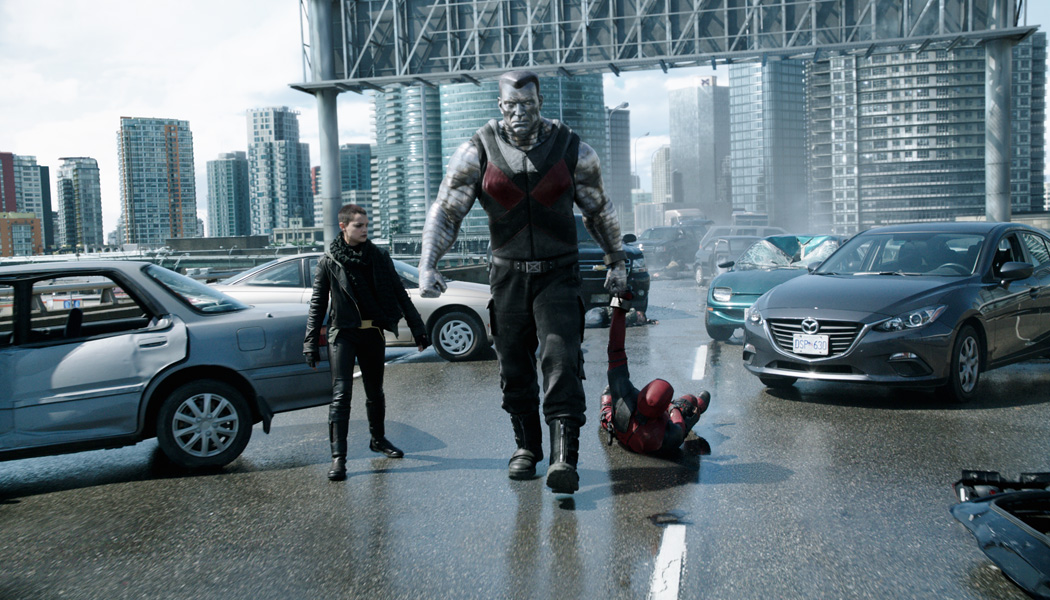
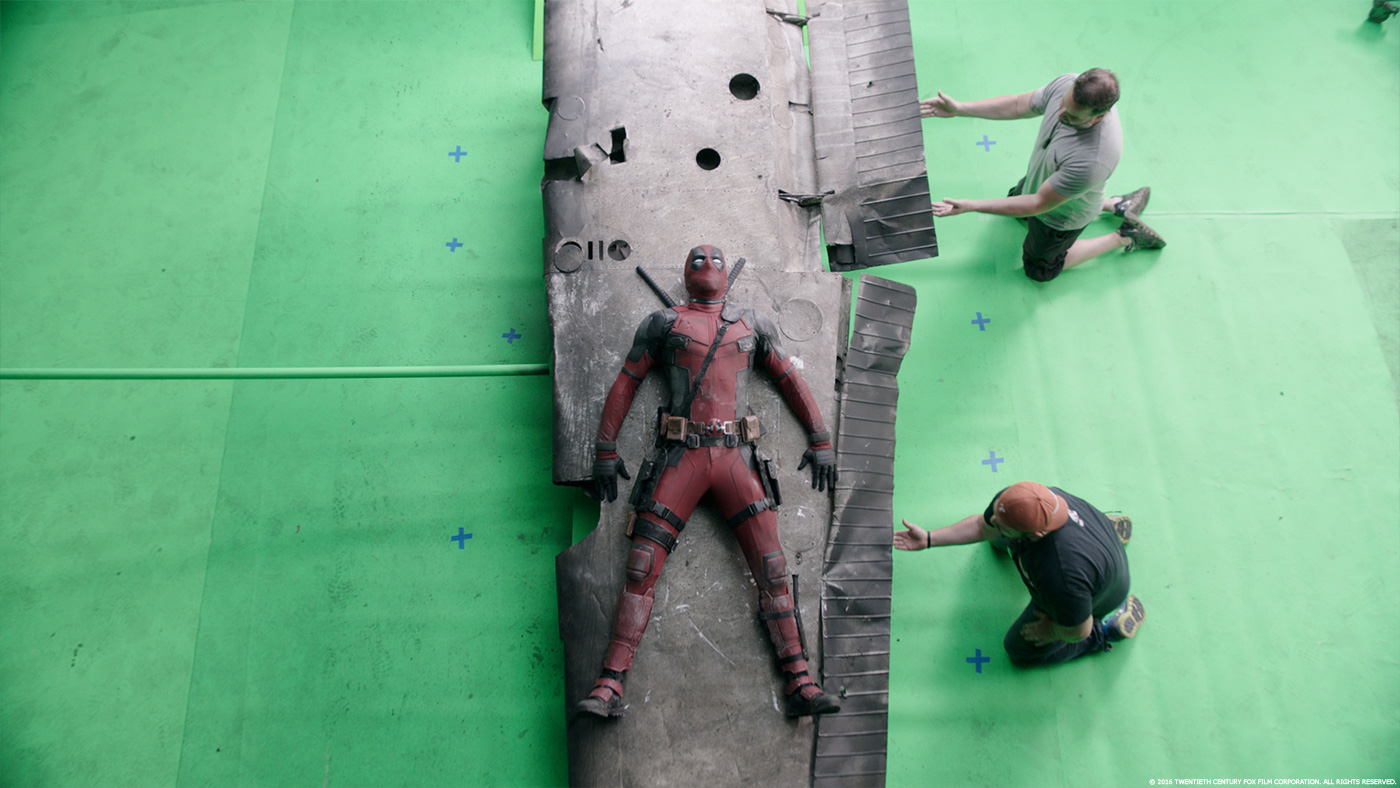

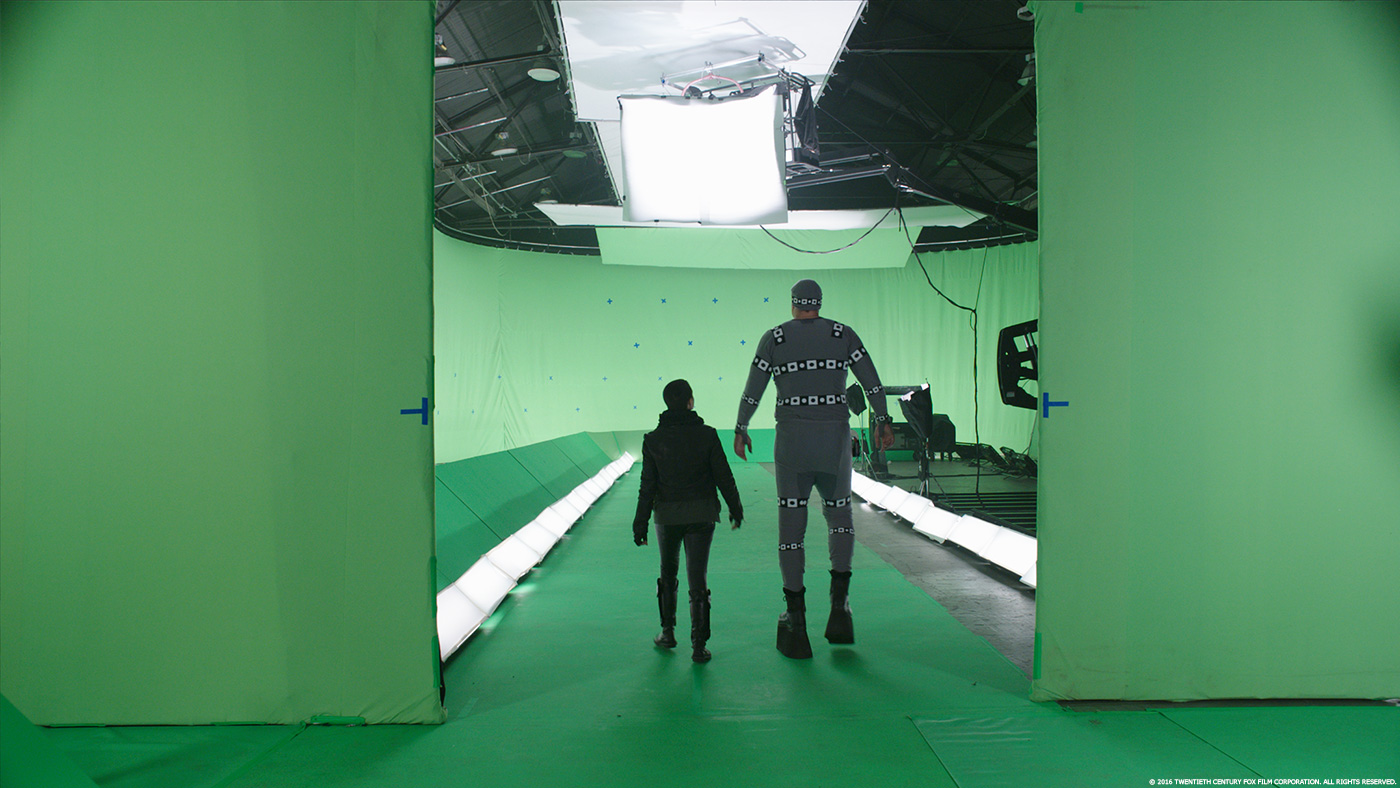
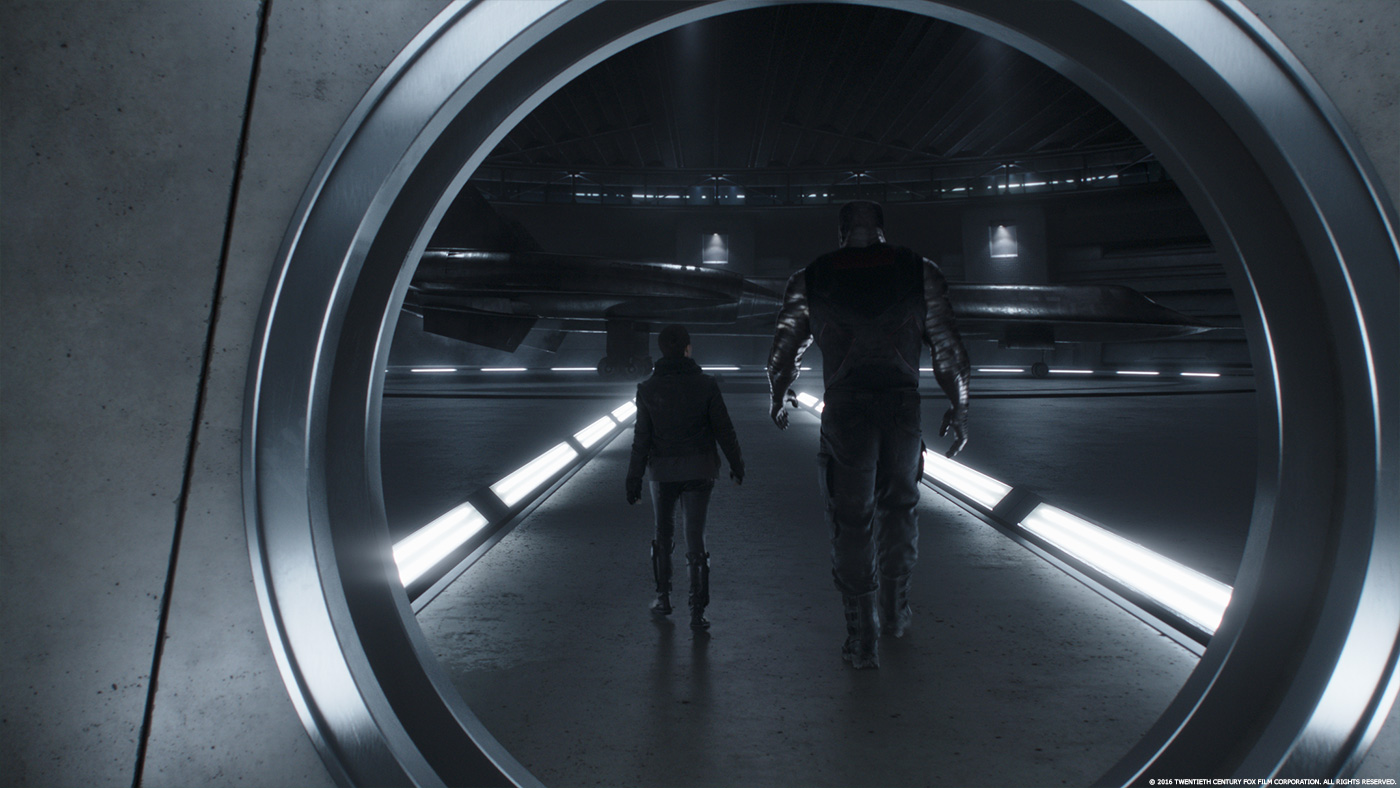
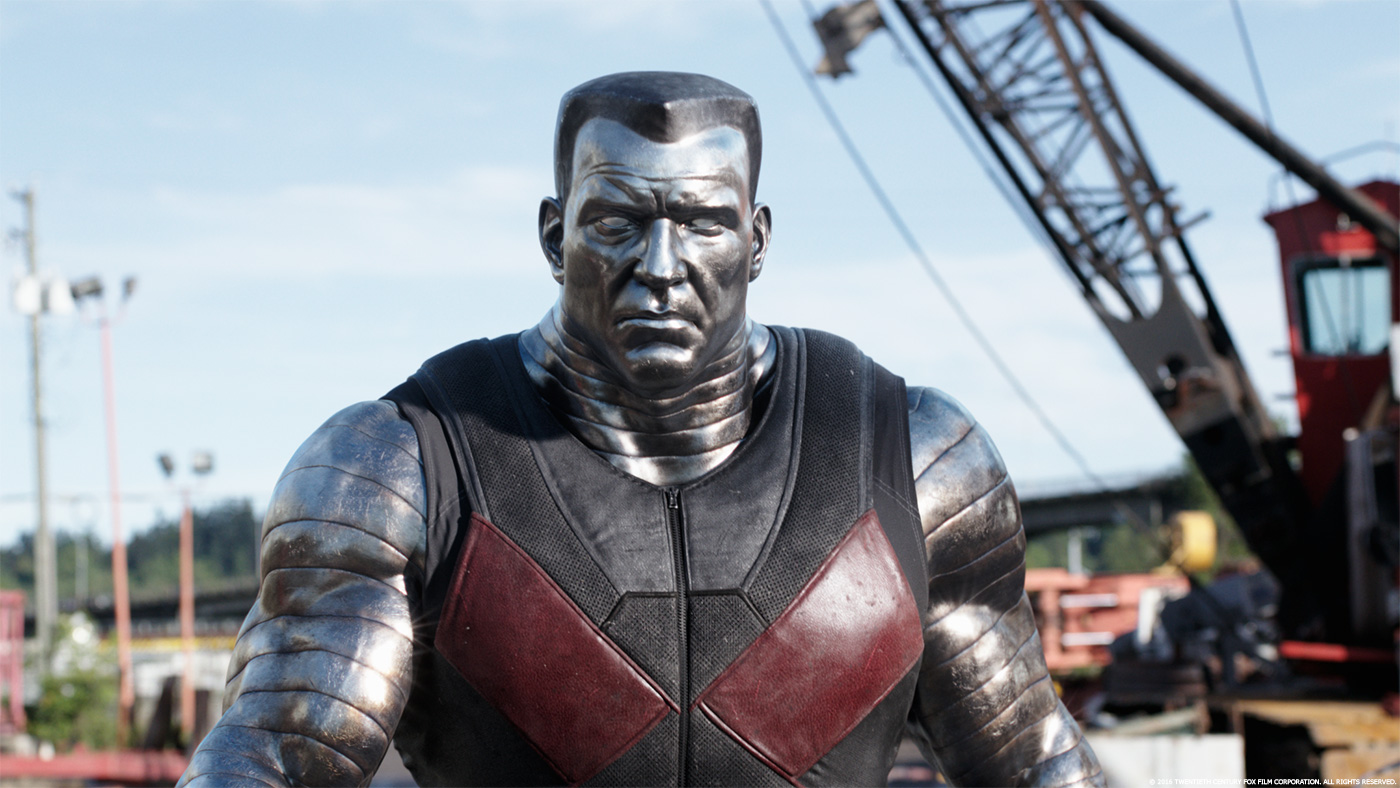
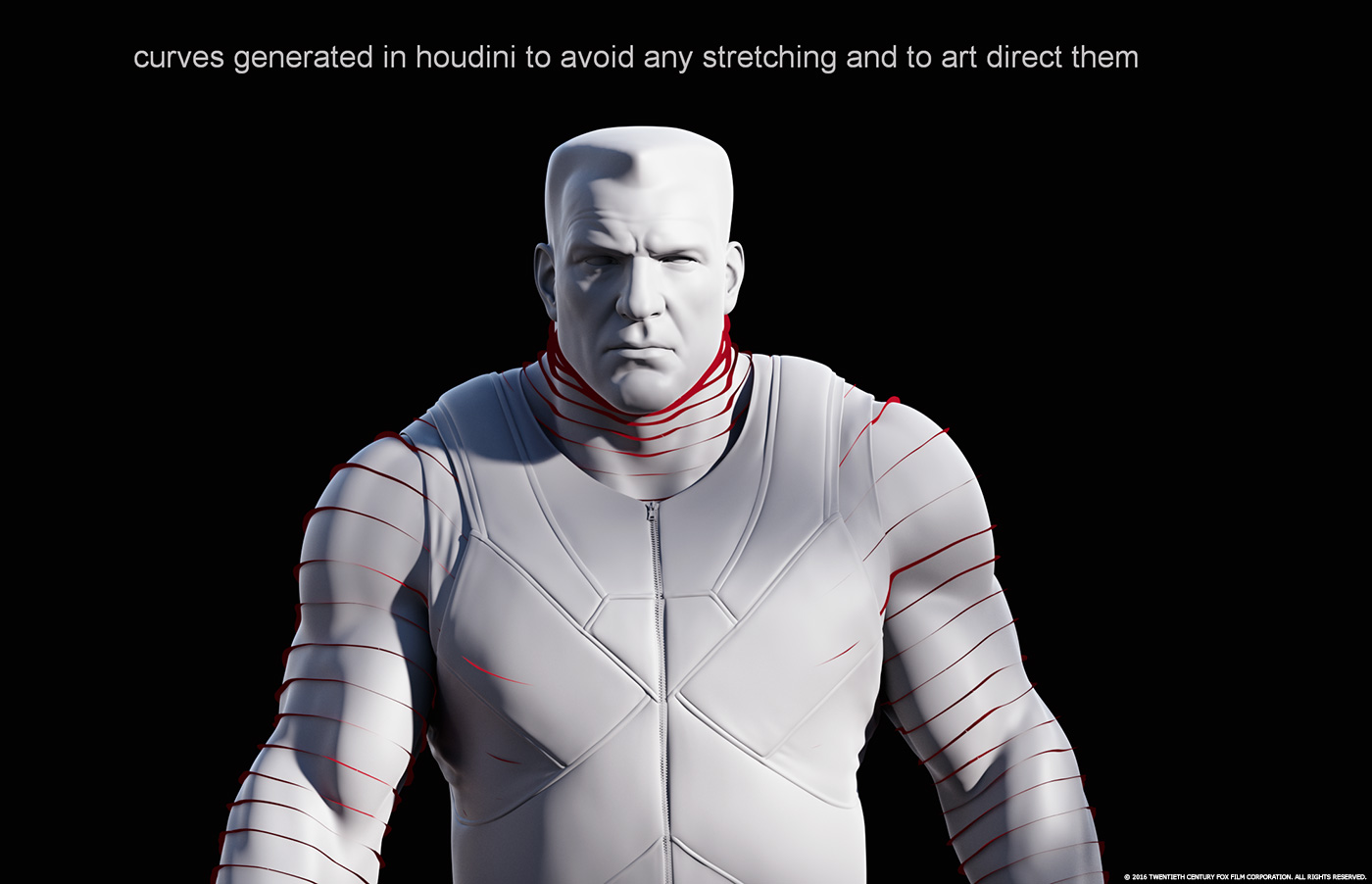

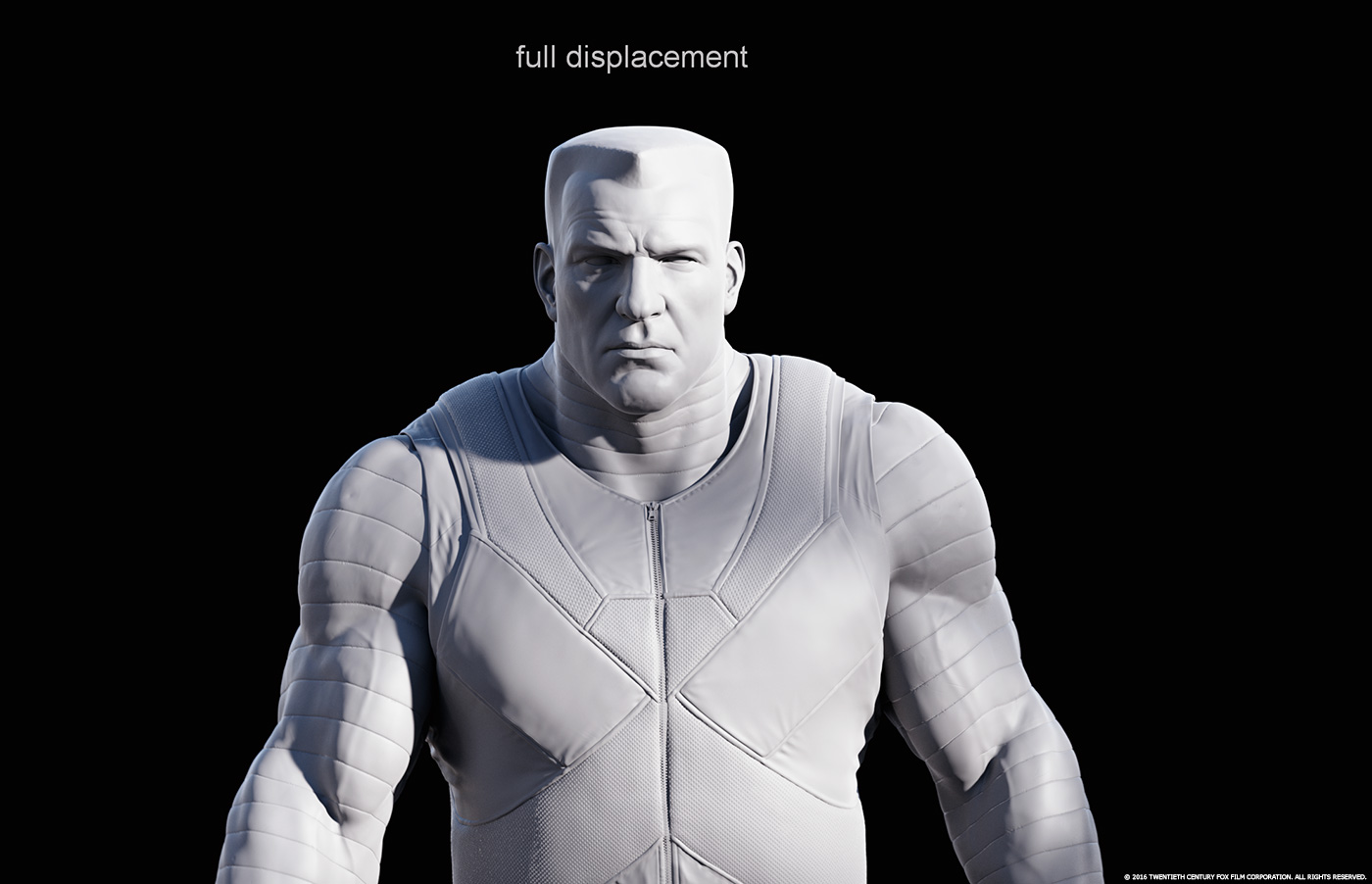
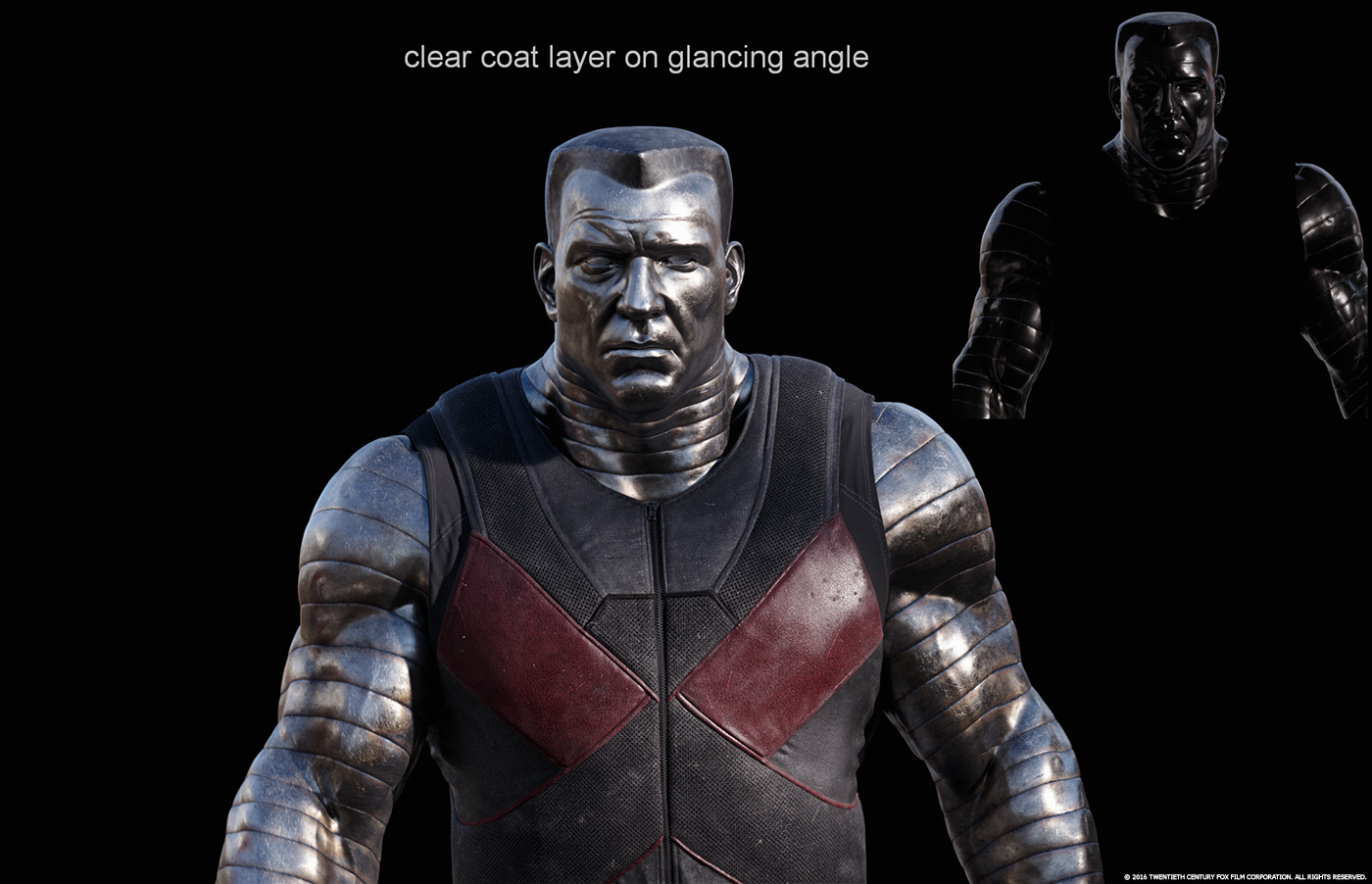
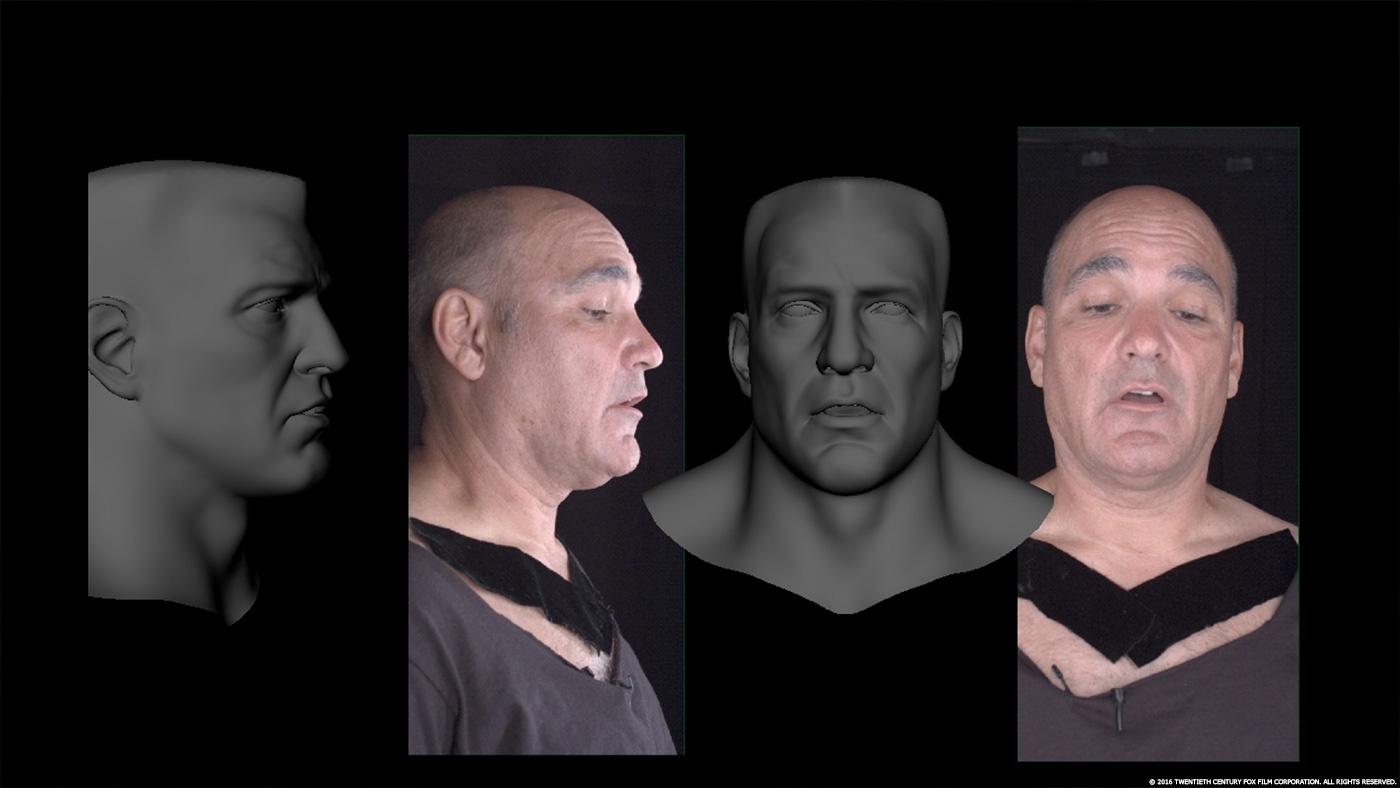

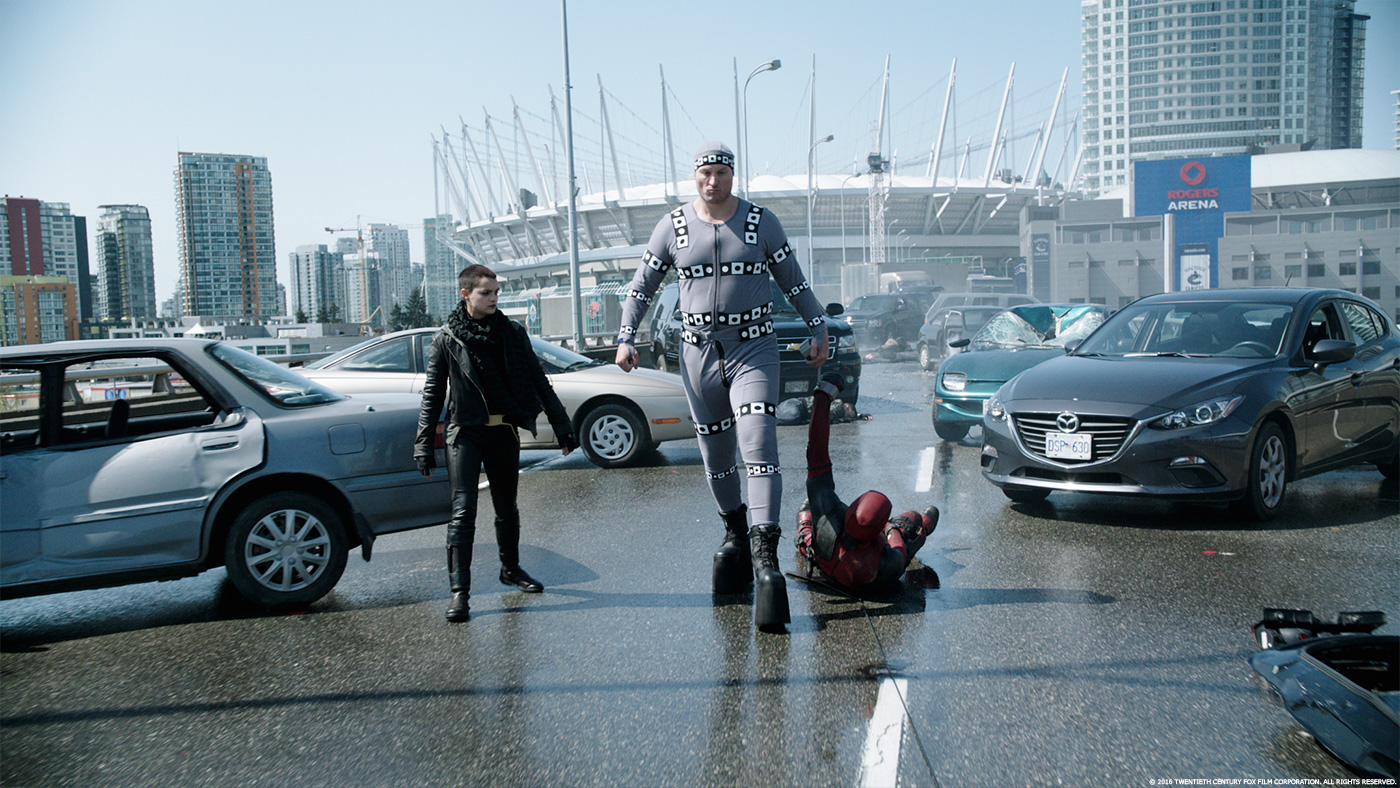


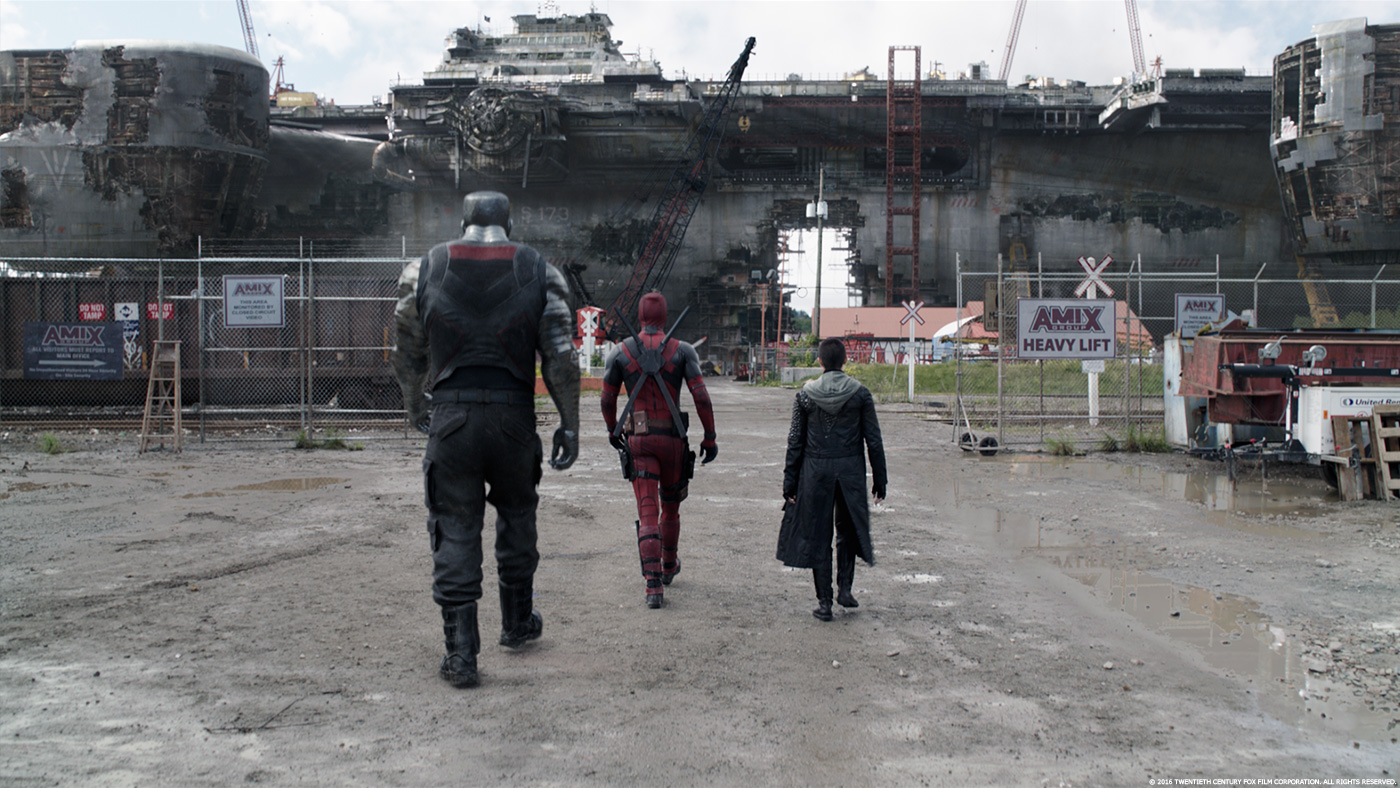
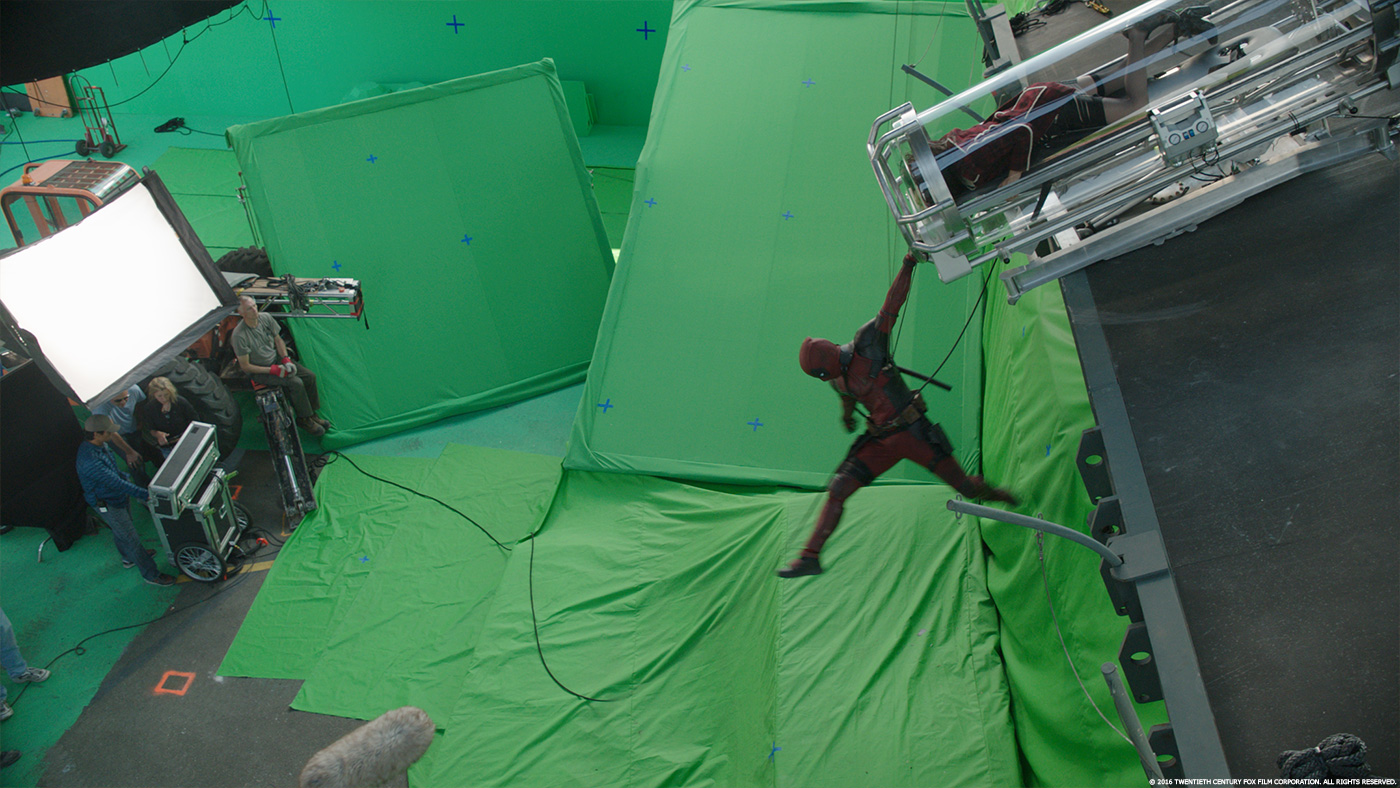
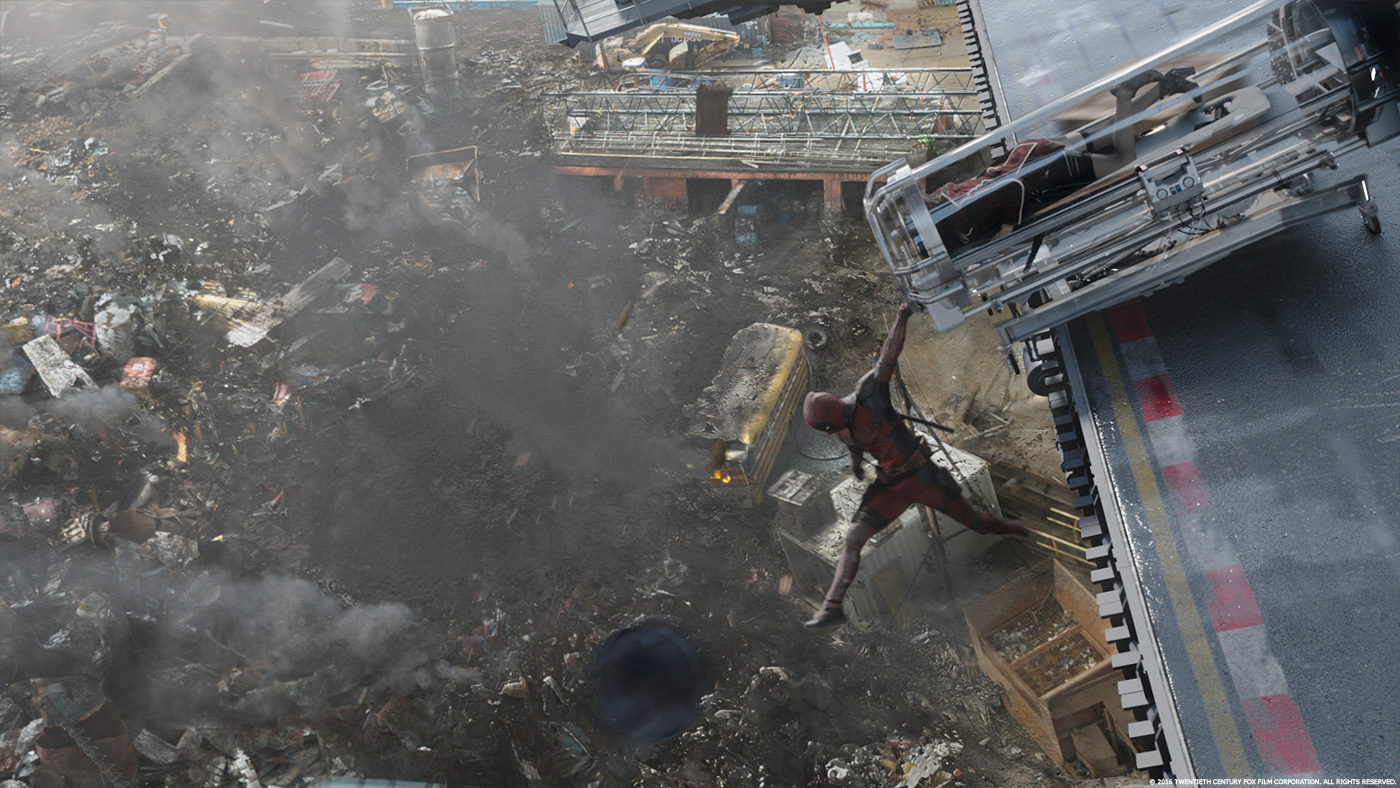





wonderful and brilliant interview, wish him all the best.